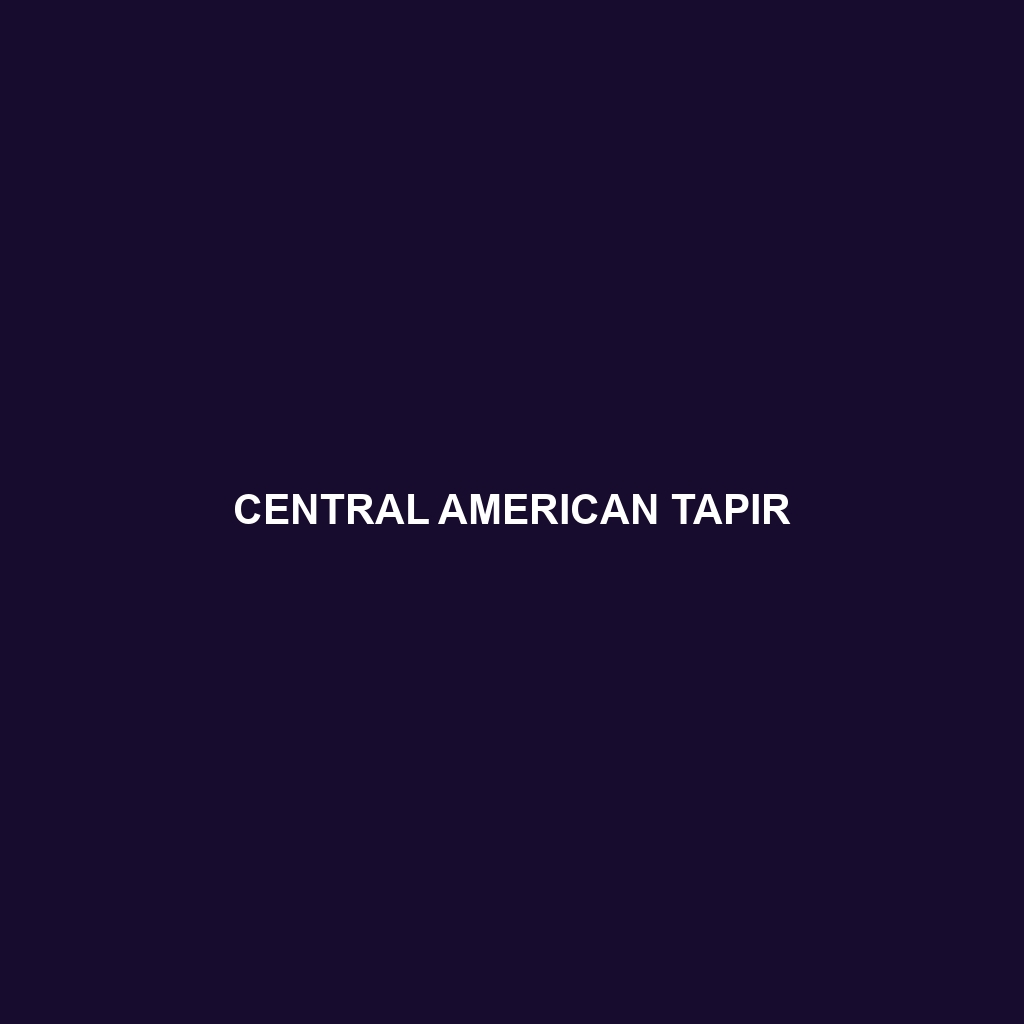Greater One-horned Rhinoceros
Common Name: Greater One-horned Rhinoceros
Scientific Name: Rhinoceros unicornis
Habitat
The Greater One-horned Rhinoceros primarily inhabits the grasslands and wetlands of the Indian subcontinent. These remarkable animals are commonly found in northeastern India and Nepal, particularly in protected areas such as Kaziranga National Park and Chitwan National Park. They thrive in tall grass, riverine forests, and marshy areas, where they can easily access water and abundant grazing materials.
Physical Characteristics
The Greater One-horned Rhinoceros is the largest of the rhino species, weighing between 1,800 to 3,000 kg. This species is distinguished by its single horn, which can grow up to 25 inches long. Its skin is grayish-brown and features distinctive folds that give it a plate-like appearance, enhancing its formidable presence. Adult rhinoceroses can reach lengths of about 3 to 3.8 meters and stand approximately 1.7 to 2 meters high at the shoulder. Their large size and unique physical adaptations make them a subject of fascination.
Behavior
Generally solitary, Greater One-horned Rhinoceroses exhibit some social behavior, especially during the mating season and among mothers with calves. They are predominantly crepuscular, being most active during the early morning and late afternoon. Known for their territorial nature, males often mark their territory through vocalizations and scent markings. Their behavior showcases a mix of curiosity and caution, often leading them to approach but also flee from potential threats.
Diet
The diet of the Greater One-horned Rhinoceros primarily consists of grasses, leaves, fruits, and aquatic plants. They are herbivorous grazers, with a preference for the abundant vegetation found in their habitat. This rhino species plays a crucial role in maintaining the grassland ecosystem, as their grazing habits promote new growth and enhance biodiversity in their region.
Reproduction
Greater One-horned Rhinoceroses have a gestation period of approximately 15 to 16 months. Breeding typically occurs throughout the year, but peaks during the monsoon season, which provides abundant food resources. Females usually give birth to a single calf, which remains dependent on its mother for around three years. Maternal care is significant, as mothers teach their calves essential survival skills while also ensuring their safety.
Conservation Status
The Greater One-horned Rhinoceros is classified as “Vulnerable” by the International Union for Conservation of Nature (IUCN). With an estimated population of around 4,000 individuals, ongoing threats such as habitat loss, poaching for their horns, and human-wildlife conflict pose significant risks to their survival.
Interesting Facts
– The Greater One-horned Rhinoceros can run at speeds up to 30 km/h (18 mph) over short distances despite their large size.
– They have poor eyesight but excellent hearing and sense of smell, which they rely on to detect predators and other threats.
– This species has a remarkable ability to swim and is often found wallowing in muddy water, which helps them regulate their body temperature and protect their skin from parasites.
Role in Ecosystem
The Greater One-horned Rhinoceros plays a vital role in its ecosystem as a megaherbivore. Their grazing contributes to the management of grassland dynamics, promoting plant diversity and enabling other species to thrive. By creating wallows, they maintain wet areas that benefit various aquatic organisms and support a rich tapestry of life in their habitat.
